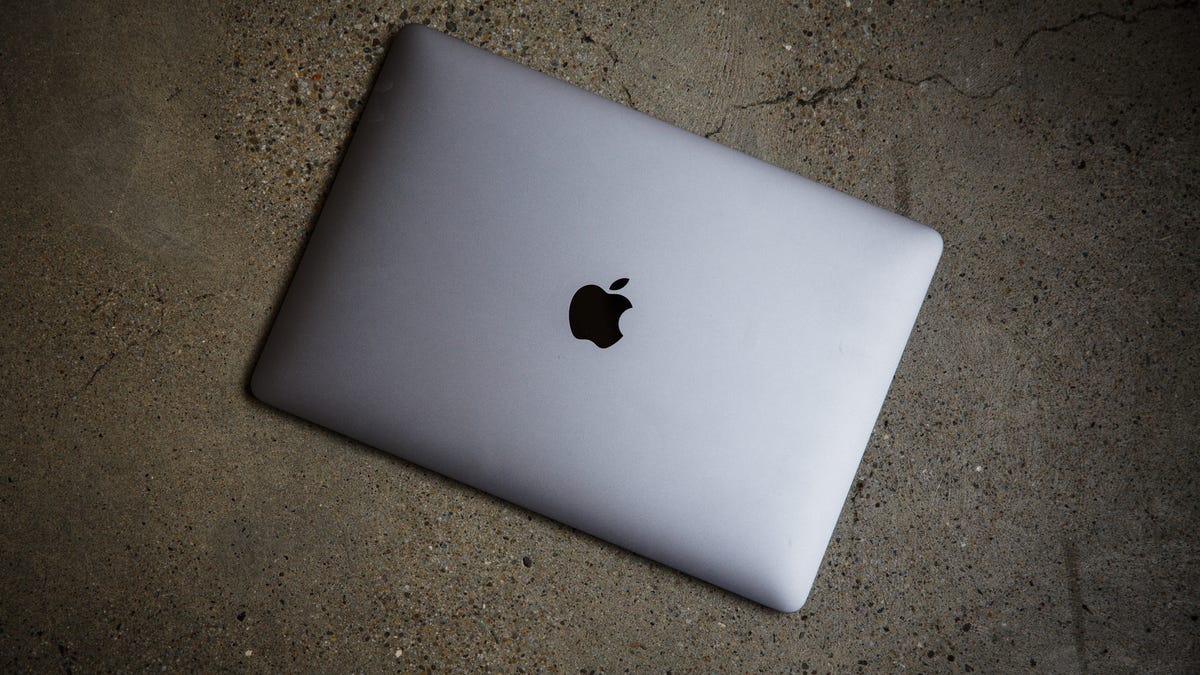Apple just handed Microsoft the keys to the kingdom
Commentary: CNET's Sean Hollister was ready to buy a MacBook Pro. Now, he's one of many professionals who might pick -- or stick with -- Windows.

"We are the company that stands for the builders, the makers, the creators." Sounds like a thing Apple might say, no? But those are the words of Microsoft CEO Satya Nadella -- the guy who just ate Apple's lunch.
I'm not saying the new Microsoft Surface Studio and Surface Book will be incredibly popular computers. While the pen-equipped transforming computers look awesome, I actually think they're pretty niche.
But that niche -- creative professionals -- was Apple's bread-and-butter for years.
If Apple doesn't step up and serve those folks, somebody else will.
Here's the truth: Apple's new MacBook Pro isn't for pros. Not all of them, anyhow.
It's not for photographers who quickly offload pictures from SD cards, or writers who need a comfortable keyboard. It's not for businesspeople who plug into TVs and projectors to show off their PowerPoint, or video editors who need a lot of graphical muscle.
It's not for artists and graphic designers who use pens or touchscreens to do their work -- or anyone who needs more than 16GB of memory.
It's also not for DJs, despite what you might have seen. "Watching someone DJ with the top of a keyboard was just embarrassing," writes Peter Kirn, founder of Create Digital Music.
Hell, it's not for anyone who might forget to carry the right dongle:
Or anyone who might feel a need to upgrade the storage down the road:
Apple used to stand for professionals, particularly creative ones. Even back when Apple machines seemed dreadfully overpriced and slow compared to their Windows counterparts, artists, designers and editors of all strokes swore by the Mac to get things done.
Building on that success, Apple's laptops actually started to trounce the Windows competition. Remember six years ago, when Apple's redesigned MacBook Air set a new bar for the entire laptop industry? Or three years ago, when the MacBook Air became the go-to laptop for long battery life?
One by one, commonly cited reasons why Windows users might avoid buying Macs began to melt away.
A die-hard Windows fan, I remember how impressed I was in 2012 by Apple's MacBook Pro with Retina Display. More than the eye-popping screen and gigantic battery, I loved its selection of ports. It was the first unibody MacBook Pro with ports on both sides of the machine, and the first to offer the super-useful HDMI port to connect to a monitor or TV.
The old MacBook Pro had all of these ports. The new MacBook Pro doesn't.
When Apple introduced the compact, powerful Mac Pro desktop in 2013, it looked like the company still had the best interests of pros in mind.
But then Apple stopped meaningfully updating its computers. The MacBook Pro didn't get updated for almost two years. The Mac Pro is still waiting, nearly three years later.
In 2014, Apple even killed off Aperture, its beloved photo-editing and image-management software, in favor of a consumer-centric Photos app -- showing the company hadn't learned its lesson when creatives revolted against Apple's dumbed-down Final Cut X video editing software a few years earlier.
With computer sales tanking and many people holding on to aging machines, this week was Apple's chance to show professionals and Windows consumers alike that Mac is the place to be.
Instead, we got the new MacBook Pro -- Apple chose thinness and a gimmicky touchscreen strip instead of things creative pros actually want and need.
When we asked Apple's head of marketing Phil Schiller why it took over four years to meaningfully update the Mac, he suggested that those "innovations" were more important than serving the existing audience.
Sure, the new MacBook Pro is more powerful than Apple's nearly two-year old MacBook Pro with its three-year-old processors -- and it's honestly rare to find a fast quad-core Intel chip inside a laptop that claims 10 hours on a charge.
But Apple could have given us a thicker laptop with even more battery life, more graphical power, a full keyboard and a full complement of ports -- and it chose not to. As usual, Apple is going its own way, thinking "different," building an aspirational product instead of what people are asking for. (You might have heard the old adage about Henry Ford and his horse.)
Now, Microsoft and its army of partners (Asus, Acer, Dell, HP, Lenovo and more) will be all too happy to claim the audience Apple has spurned. It's quite the role reversal for the rival companies.
But hey, Microsoft used to be on top. Now, it's trying to build a hardware brand the same way Apple did -- by putting creators first.
Last year, I told myself I'd buy a MacBook Pro with Retina Display -- the first Mac I would have ever owned. I just wasn't ready to buy into a then two-year-old processor with four-year-old performance. I figured I'd wait a few months for Apple to refresh the laptop.
It took quite a bit longer, but I waited anyhow instead of upgrading to a new Windows machine.
I can't afford to wait another year. Guess I'm not buying a Mac.
Additional reading: Michael Tsai, Owen Williams, Tim Bray, Milen Dzhumerov

